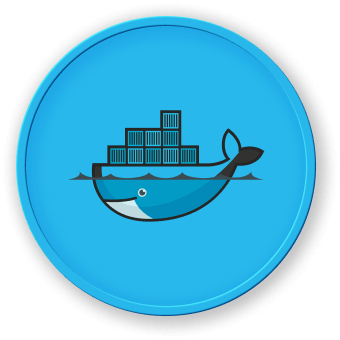Introduction
Docker has revolutionized software deployment, but Docker Hub's request limits can pose challenges for developers and organizations. This comprehensive guide explores practical strategies to navigate and mitigate Docker Hub's pull restrictions, ensuring smooth and uninterrupted container image management.




